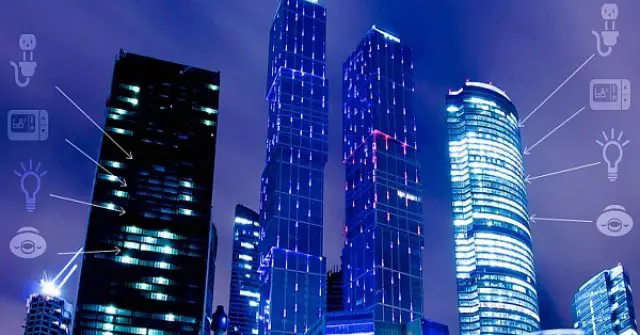There have been several opportunities to conserve energy savings in industries, commercials, and residential buildings. Some are as basic as just installing a programmable thermostat or automated lighting systems. Other options might include actual modifications to your house or the building itself or installing a piece of completely new or upgraded equipment.
While the building design on its own will have a great impact on the building energy management system, the HVAC systems and lighting are the largest consumers of energy in the office as well as homes. Buildings, and, to a lesser extent, even HVAC systems, last a long time. When you upgrade HVAC systems, modify the building spaces, or usage patterns change, it is of paramount importance to revisit the control strategies.
New smart, digital technologies for building monitoring and control can improve comfort and provide information that will help the building to operate as smoothly as possible. In this “smart” means a proliferation of embedded systems, data collection, control systems, and data management; plus the stakeholder interaction with building equipment and the building energy networks. In the end, with the help of improved monitoring systems, you can teach an old building some new tricks.
Let us learn more about demand Response Opportunity
As you might be aware that electric grids provide power to the whole town or the city. The total cost of power includes generation costs, distribution costs, and transmission. One way you can reduce these costs is by better managing peak load, which can be achieved with the help of demand response strategies.
So a town or city needs to pay for the size of the grid wires, which transfers the electricity to the city through a transmission system. The size of the wire and the generation resource is usually determined on the basis of peak transmission load for one hour when electricity demand is at an utmost high. The peak hour, usually during the summer, is 5:00-6:00, and the charges would apply for the whole year.
What the city utility does is pay transmission charges, which are directly proportional to the size of the wire and capacity charges, which is related to the amount of generating capacity that is required to service the peak load. So the city would save on a lot if it reduces the amount of power consumed during peak times. In addition to that, the power generation side would also be able to avoid having to build peaking power plants, which might just run 5 per cent of the time, however, be ready for the next wave. Smart buildings could help better manage these peak loads and thus help reduce a municipality’s overall electricity costs by as much as 20 percent.
As nodes of the smart grid, smart buildings will become increasingly active participants in the energy eco-system, moving beyond simply being served by the Smart Grid, they can also become an integral part of it






